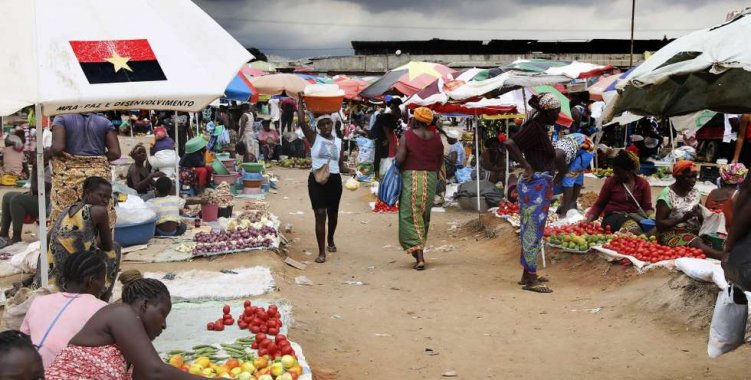The data, which indicate a trade surplus of 3.33 billion kwanzas in the first quarter of the year, are included in the Foreign Trade Statistics bulletin, published by the National Statistics Institute (INE).
Exports were dominated by oil, with the "mineral fuels" category representing 93.18 percent of the total, while imports were dominated by machinery and equipment (24.64 percent), fuels (16.77 percent) and basic metals (11.86 percent).
Food products accounted for 9.06 percent of total imports by Angola.
The 4.8 percent drop in Angolan exports was mainly due to a 17 percent reduction in the goods account balance, reflecting lower global demand and a drop in international oil prices.
In terms of trading partners, Portugal stood out as Angola's second largest European supplier, accounting for 10.06 percent of Angolan imports in the quarter, behind China (16.81 percent).
In total, Asia accounted for 42 percent of imports, followed by Europe (38 percent) and Central and South America (8.5 percent).
Asia also led the way in exports, absorbing 75 percent of the total, with China remaining the main destination (52.54 percent), followed by India (8.32 percent), Spain (5.88 percent) and the United Arab Emirates (5.47 percent).
Exports to Europe accounted for 16 percent of total Angolan sales, while Africa accounted for no more than 5.7 percent.
Nigeria absorbed 39.6 percent of Angolan exports to the continent and South Africa 33.6 percent.
In turn, at the continental level, Angola imported mainly from South Africa (46.4 percent) and Togo (34.3 percent).
The data also indicate that the trade balance coverage decreased from 202 percent to 188 percent, indicating a reduced capacity of exports to finance import needs.







